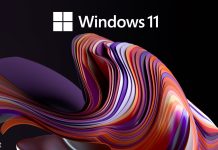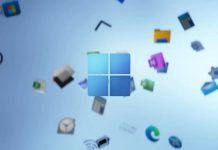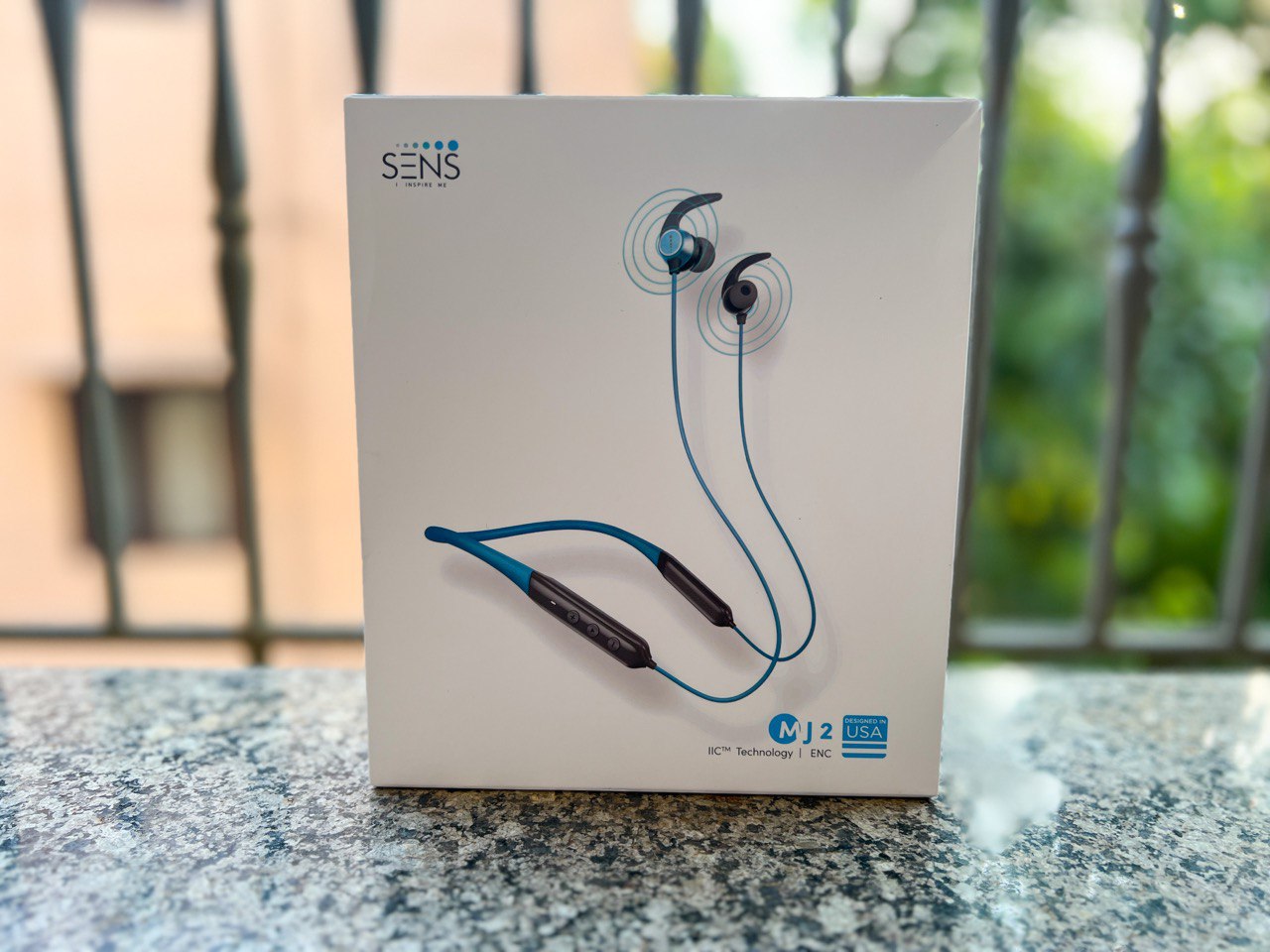
We all know that Microsoft’s latest Windows 8 has been highly anticipated, because it brings several new features, and now, Microsoft have publicly introduced its new file-management system, ReFS (Resilient File Sysytem), codenamed Protogon, which is built on NTFS and offers backwards compatibility while ensuring that the platform benefits from a new generation of storage technologies and scenarios.
According to the Microsoft’s blog at MSDN, ReFS, (which stands for Resilient File System), is built on the foundations of NTFS, so it maintains crucial compatibility while at the same time it has been architected and engineered for a new generation of storage technologies and scenarios. In Windows 8, ReFS will be introduced only as part of Windows Server 8, which is the same approach we have used for each and every file system introduction. Of course at the application level, ReFS stored data will be accessible from clients just as NTFS data would be. As you read this, let’s not forget that NTFS is by far the industry’s leading technology for file systems on PCs.
Some of the main features of ReFS include:
– Metadata integrity with checksums
– Integrity streams providing optional user data integrity
– Allocate on write transactional model for robust disk updates (also known as copy on write)
– Large volume, file and directory sizes
– Storage pooling and virtualization makes file system creation and management easy
– Data striping for performance (bandwidth can be managed) and redundancy for fault tolerance
– Disk scrubbing for protection against latent disk errors
– Resiliency to corruptions with “salvage” for maximum volume availability in all cases
– Shared storage pools across machines for additional failure tolerance and load balancing
According to the Blog, there are some NTFS features for which Microsoft plans to drop support with ReFS, specifically named streams, object IDs, short names, compression, file level encryption (EFS), user data transactions, sparse, hard-links, extended attributes, and quotas.
We are quite pleased to see Microsoft detailing the new features of its latest Windows version, and we’ll let you know if we get to know more from Microsoft.










